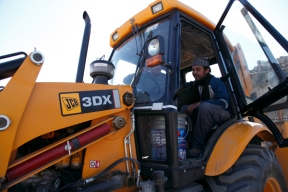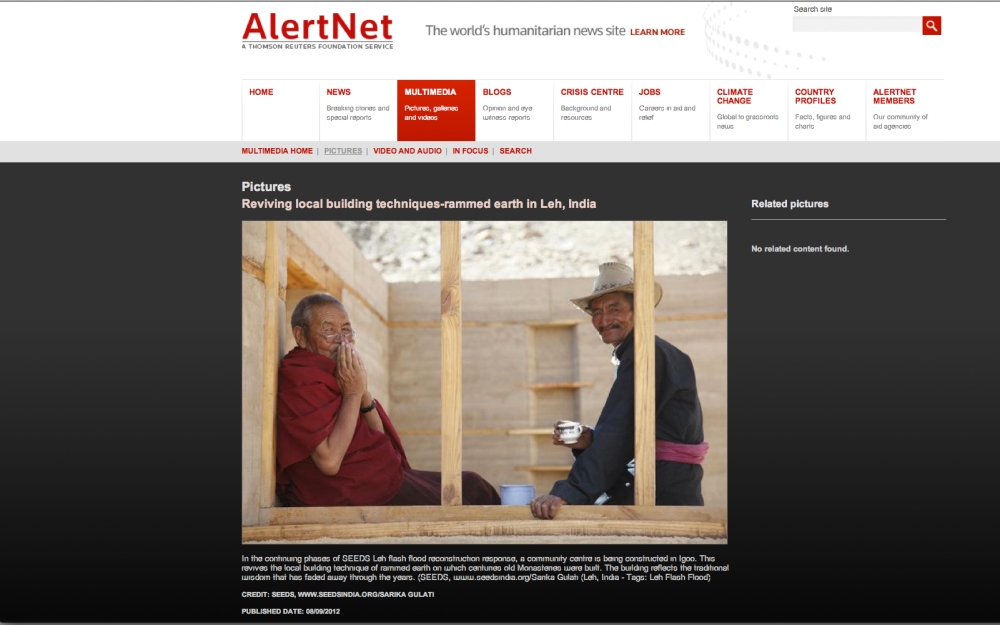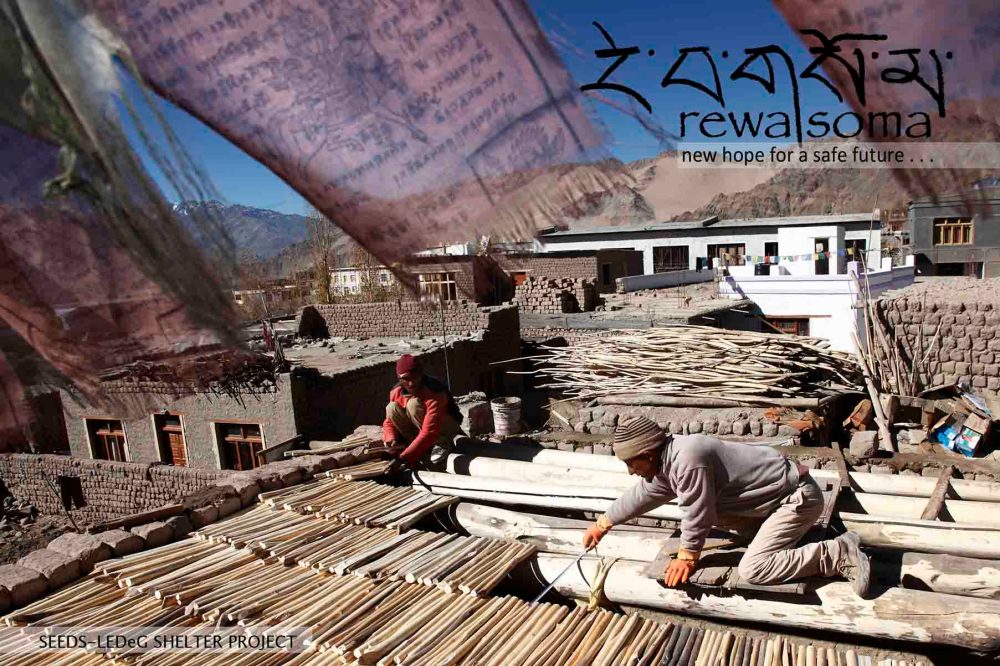The stats helper monkeys at WordPress.com mulled over how this blog did in 2010, and here’s a high level summary of its overall blog health:

The Blog-Health-o-Meter™ reads This blog is on fire!.
Crunchy numbers

A Boeing 747-400 passenger jet can hold 416 passengers. This blog was viewed about 1,300 times in 2010. That’s about 3 full 747s.
In 2010, there were 35 new posts, not bad for the first year! There were 41 pictures uploaded, taking up a total of 11mb. That’s about 3 pictures per month.
The busiest day of the year was December 4th with 207 views. The most popular post that day was Volunteering in Leh – Abhishek Kumar Tiwari.
Where did they come from?
The top referring sites in 2010 were facebook.com, en.wordpress.com, mail.yahoo.com, sitemeter.com, and link.smartscreen.live.com.
Some visitors came searching, mostly for rekha shenoy, seeds, losar in leh, sarikagulati.wordpress.com, volunteering in leh, and public service winner + ladakh.
Attractions in 2010
These are the posts and pages that got the most views in 2010.
1
Volunteering in Leh – Abhishek Kumar Tiwari December 2010
5 comments
2
About September 2010
3
surviving winters in leh . . . October 2010
2 comments
4
rewa soma December 2010
5
Gustor festival at Thikse Gompa October 2010




